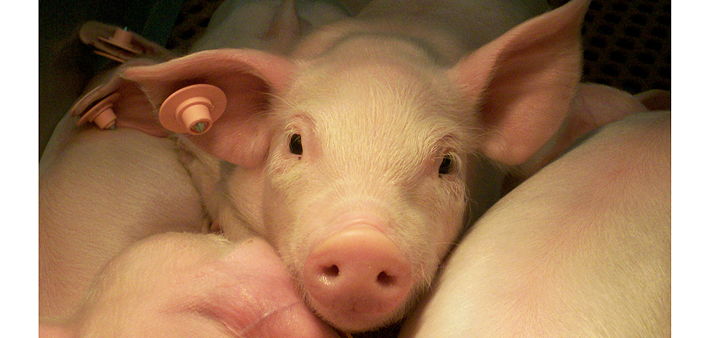Five years before Scottish scientist Sir Alexander Fleming discovered Penicillin, he observed the antimicrobial powers of the enzyme lysozyme. And like his best known achievement, there was a great deal of luck involved.
Sir Alexander’s 1923 discovery of lysozyme came after he observed diminished bacterial growth in a petri dish where a drop from his runny nose had fallen. The bacteriologist published his findings, but ultimately decided that the enzyme didn’t meet his criteria for a useful antibiotic – unlike penicillin that he found five years later.
Lysozyme is produced naturally in mucus, saliva, tears and other bodily fluids of humans and other animals, and today the enzyme is taken from chicken egg whites for use in many food and beverage applications, notably wine- and cheese-making.
Now, however, new research by scientists at the US Department of Agriculture’s (USDA) Agricultural Research Service (ARS) suggests that lysozyme can also serve as a natural alternative to antibiotics used to improve feed efficiency and growth in pigs.
The May 2015 edition of the USDA’s AgResearch reports on studies that ARS physiologist William Oliver and colleagues have been carrying out out since 2010 to investigate lysozyme. In the most recently published trial, they compared growth rates and weight gains of two groups of 600 piglets placed on one of three diets: a standard feed regimen of corn/soybean meal and specialty protein; a second regimen with lysozyme added; and a third containing the antibiotics chlortetracycline and tiamulin hydrogen fumarate.
Comparisons were also made depending on whether the groups were kept in weaning pens that had either been disinfected or left uncleaned since the last group of animals had occupied them. The latter was done to stimulate chronic, or long-term, immune activity, including the production of cytokines, which divert nutrients away from growth in swine and result in slower weight gain.
The results showed that piglets on lysozyme- or antibiotic-treated feeds grew approximately 12% faster than untreated pigs – even in uncleaned pens – suggesting that the treatments successfully ameliorated the effects of indirect immune challenge in the animals.
Necropsies also revealed intestinal differences between untreated and treated piglets. For example, lysozyme- or antibiotic-fed piglets had longer villi, helping the absorbtion of nutrients from feed.
“The mechanism by which lysozyme and antibiotics increase growth and feed efficiency is not completely understood,” Mr Oliver said. “We believe that a large part of it is due to improved gastrointestinal health. Changes in the animals’ gastrointestinal bacteria are also likely play a role.”




